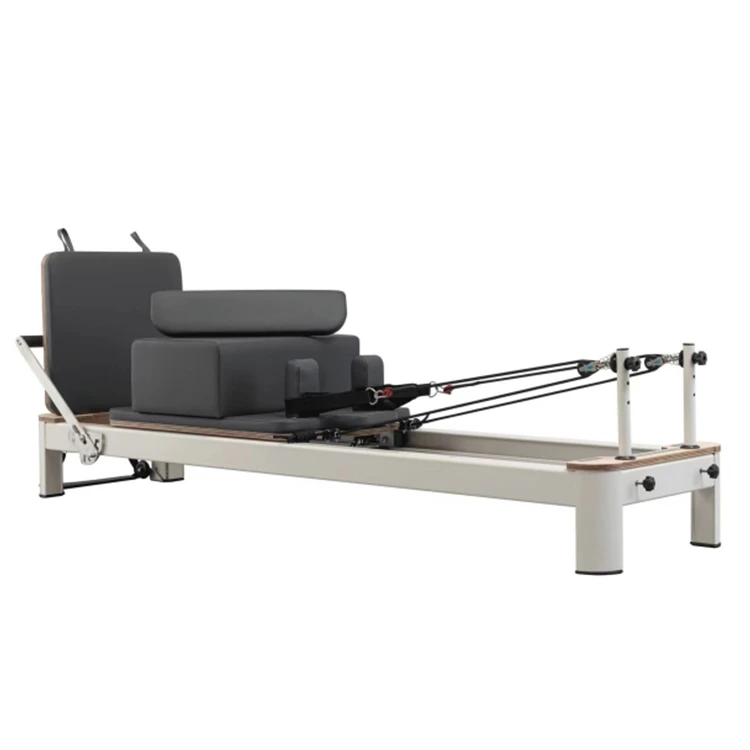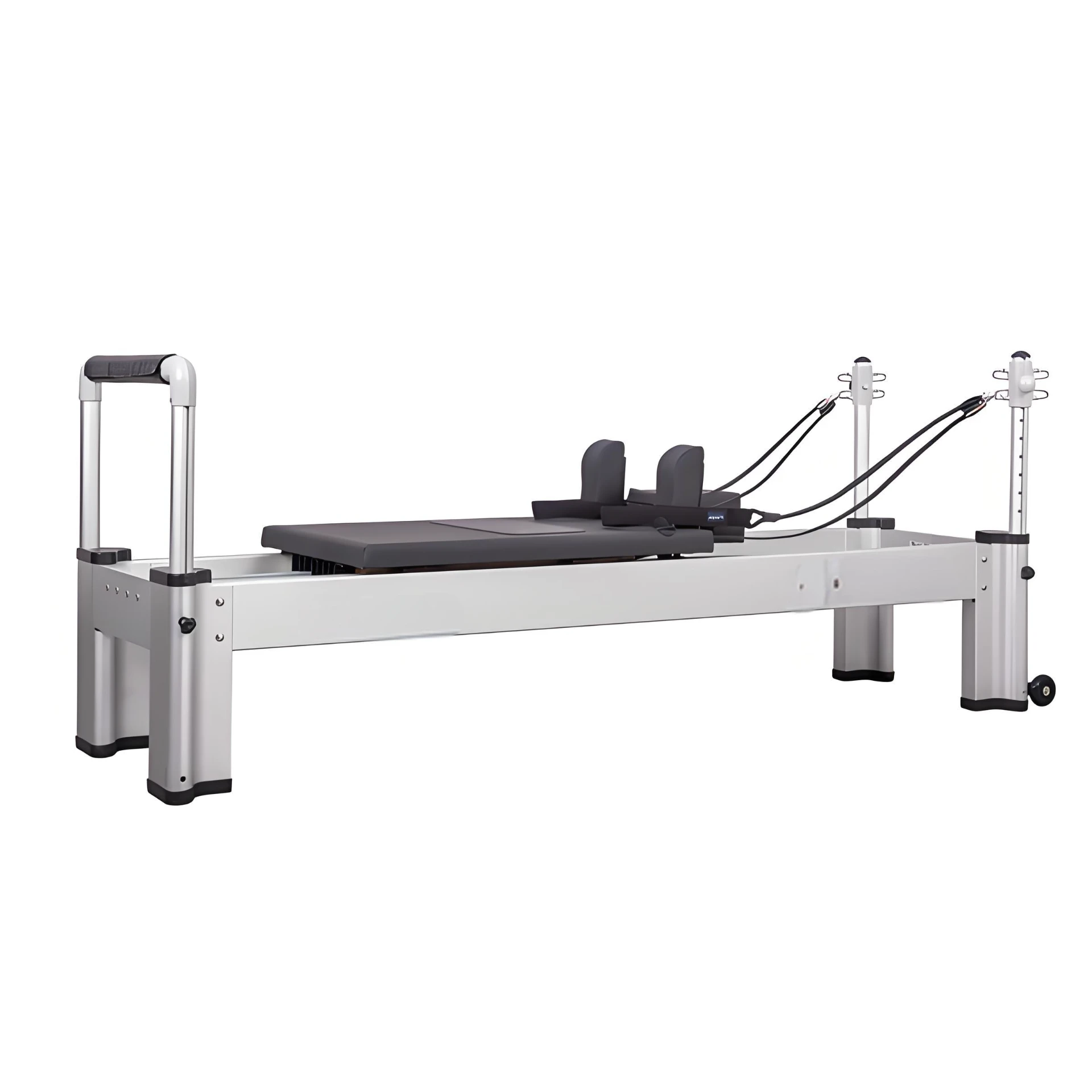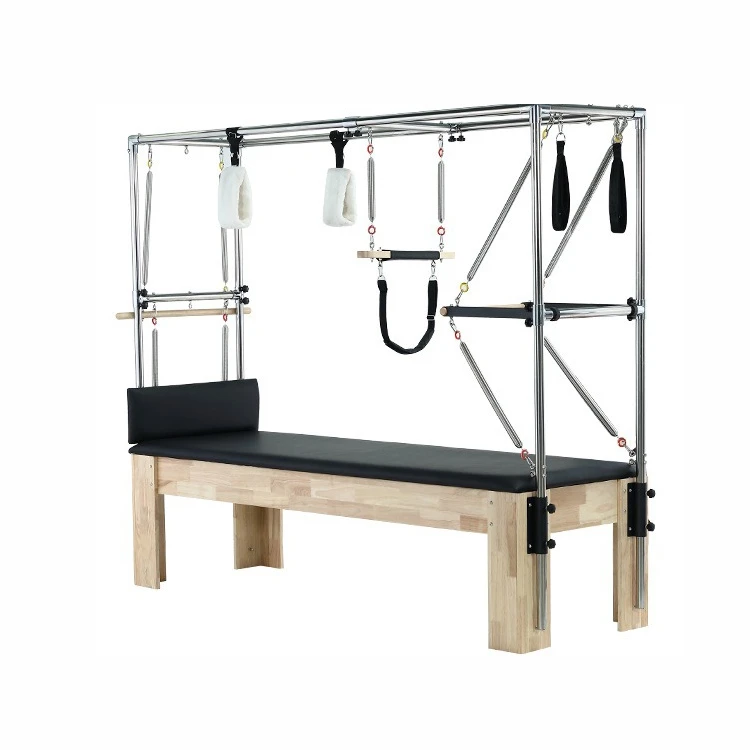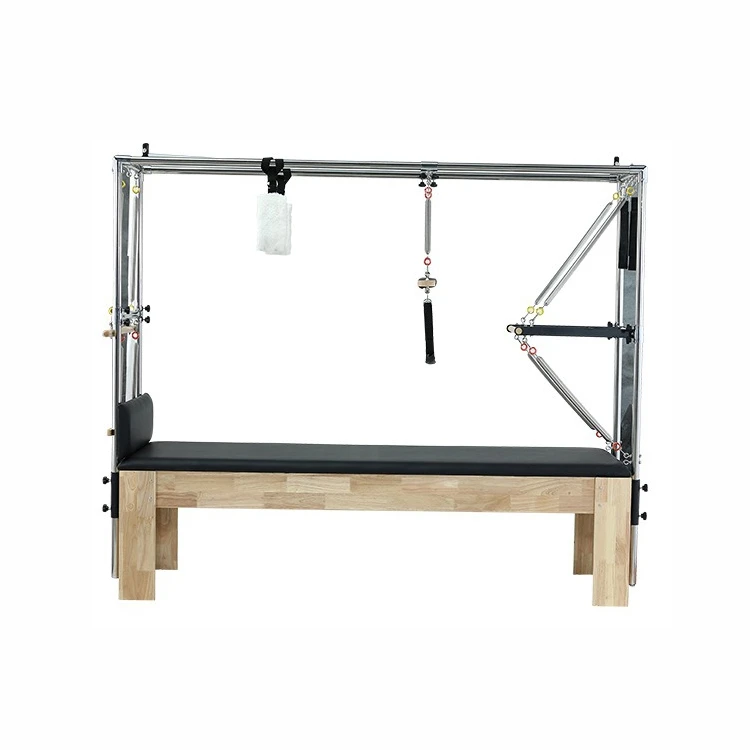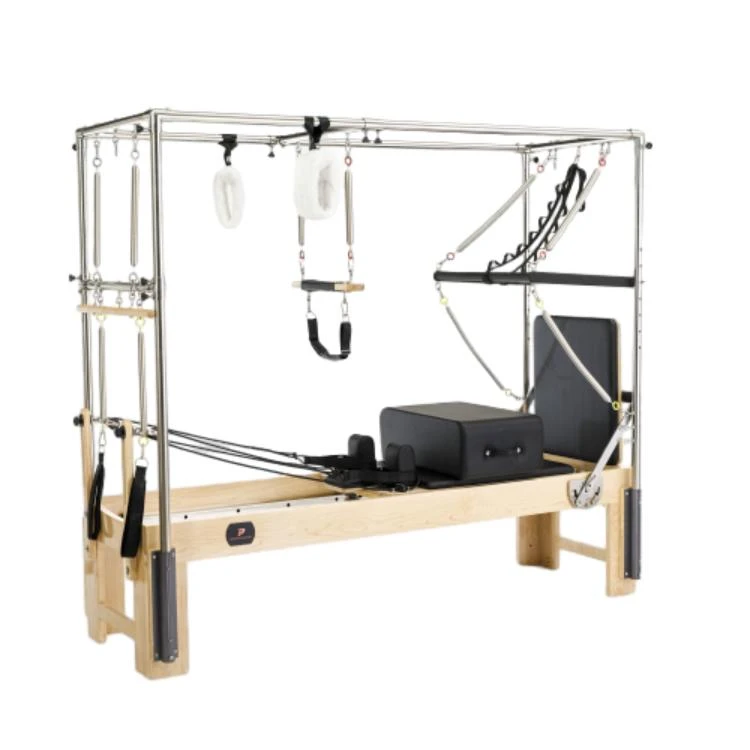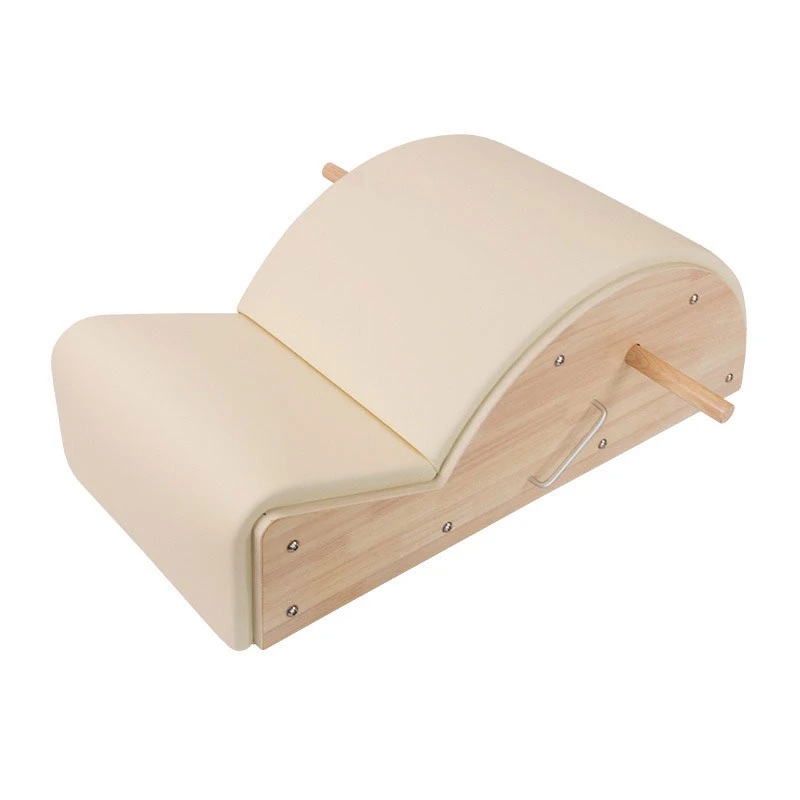Exploring the Benefits of Pilates Cadillac Tower for Enhanced Workout Experience
Exploring the Pilates Cadillac Tower Empowering Movement and Rehabilitation
The Pilates method, deeply rooted in principles of control, precision, and mindful movement, offers a wealth of tools for enhancing physical performance and well-being. Among the most notable apparatuses in the Pilates repertoire is the Cadillac, often referred to as the Cadillac Tower. This versatile piece of equipment serves as a foundation for a myriad of exercises designed to improve strength, flexibility, and coordination. In this article, we delve into the unique features of the Cadillac Tower, its benefits, and how it can transform both rehabilitation and fitness practices.
The Design and Features of the Cadillac Tower
The Cadillac Tower is a sophisticated piece of equipment characterized by a rectangular frame topped with a padded surface. Its design allows for various attachments, including springs, bars, and straps, enabling a comprehensive range of exercises that challenge different muscle groups. One of the standout features of the Cadillac is its adjustable spring resistance, which can be modified to suit the individual needs of each practitioner, making it accessible to people of all fitness levels, from beginners to advanced athletes.
The Cadillac Tower is not just a piece of equipment; it is an environment that encourages exploration and facilitated movement. The vertical posts provide stability and support, making it ideal for those who may struggle with balance or have limited mobility. Additionally, the open space on the Cadillac allows for creative modifications and adaptations, enabling instructors to tailor workouts to meet specific rehabilitation goals or fitness aspirations.
Strength and Flexibility Enhancement
One of the primary benefits of using the Cadillac Tower is its ability to enhance overall strength and flexibility. The resistance provided by the springs allows practitioners to engage their muscles in a controlled manner, promoting strength development while minimizing the risk of injury. Exercises on the Cadillac can target the core, arms, legs, and back, contributing to a balanced and well-rounded strength program.
Flexibility is another area where the Cadillac shines. The various positions supported by the apparatus, along with the ability to perform stretches against resistance, facilitate a deeper range of motion. This enhanced flexibility can translate into improved athletic performance, better posture, and a reduced risk of injuries in daily activities.
pilates cadillac tower
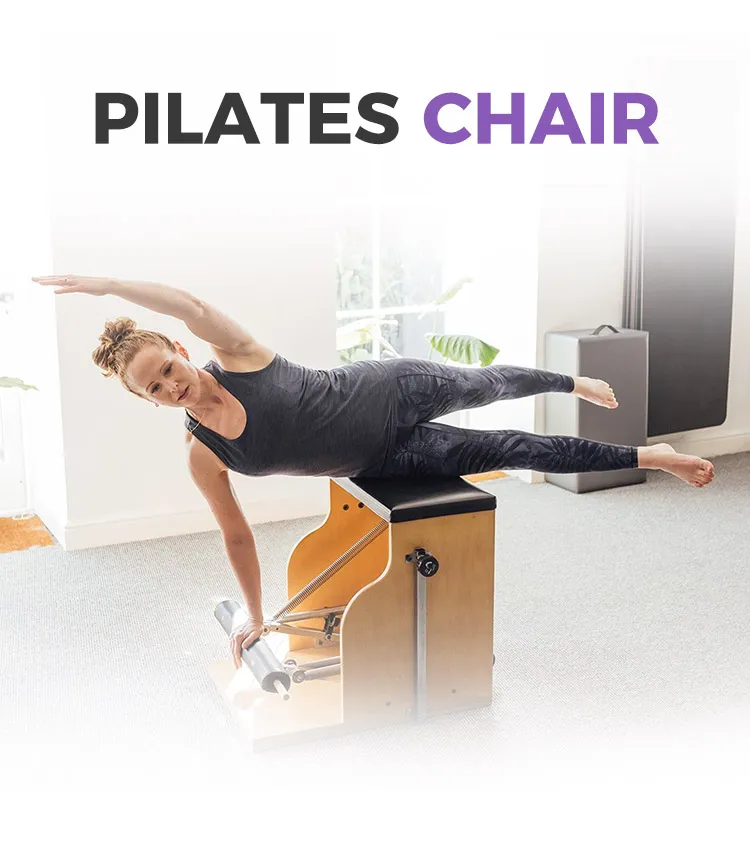
Rehabilitation and Therapy Applications
The Cadillac Tower is particularly valuable in rehabilitative settings. Physical therapists and Pilates instructors often utilize the Cadillac for its adaptability and safety features. The ability to modify spring resistance allows for gradual strength building, which is crucial for clients recovering from injuries or surgeries. Clients can work at their own pace, making the Cadillac an optimal choice for rehabilitation.
Moreover, the Cadillac's design allows for exercises that promote spinal alignment and stability. Many rehab clients benefit from the support the structure provides, making it easier to focus on proper movement patterns without the fear of losing balance. This is particularly helpful for those recovering from back injuries, as the Cadillac can facilitate exercises that strengthen the core muscles and improve posture without placing undue stress on the spine.
The Mind-Body Connection
Beyond its physical benefits, the Cadillac Tower serves as a tool for cultivating a mind-body connection. Pilates emphasizes the importance of mental focus in achieving physical goals, and the Cadillac provides the perfect platform for this practice. As practitioners engage with the equipment, they are encouraged to develop body awareness, control, and precision through concentrated movement.
In a fast-paced world, the Cadillac Tower offers a haven for mindfulness. Practitioners can find solace in their practice, using the time spent on the Cadillac as an opportunity for reflection and self-discovery. This integrative approach to movement can lead to improved mental health outcomes, including reduced stress and increased overall well-being.
Conclusion
The Pilates Cadillac Tower is more than just an apparatus; it is a versatile tool that empowers individuals to pursue their fitness and rehabilitation goals. With its unique design, adjustable features, and focus on mindful movement, the Cadillac caters to a wide range of practitioners, from those seeking to increase strength and flexibility to individuals in need of recovery. As more people discover the transformative power of the Cadillac Tower, it is poised to remain a cornerstone of the Pilates practice, bridging the gap between movement, rehabilitation, and holistic wellness.
Latest news
-
Types of Pilates Machines Used in Group Classes Versatility GuideNewsJul.07,2025
-
Pilates Spine Corrector Benefits for Posture and Core StrengthNewsJul.07,2025
-
Pilates Chair for Sale Adjustable Spring Systems for All Fitness LevelsNewsJul.07,2025
-
Ladder Barrel for Sale Commercial-Grade Wooden ConstructionNewsJul.07,2025
-
Eco-Friendly Pilates Studio Equipment Sustainable Materials GuideNewsJul.07,2025
-
Adjustable Pilates Chair Settings for All Fitness LevelsNewsJul.07,2025
- Address
- Room 1601, 1302, Building A, Zijingguandi, Qiaodong District, Xingtai City, Hebei Province, China
- Sandra@raetin.com
- Phone
- +86 18231139331

